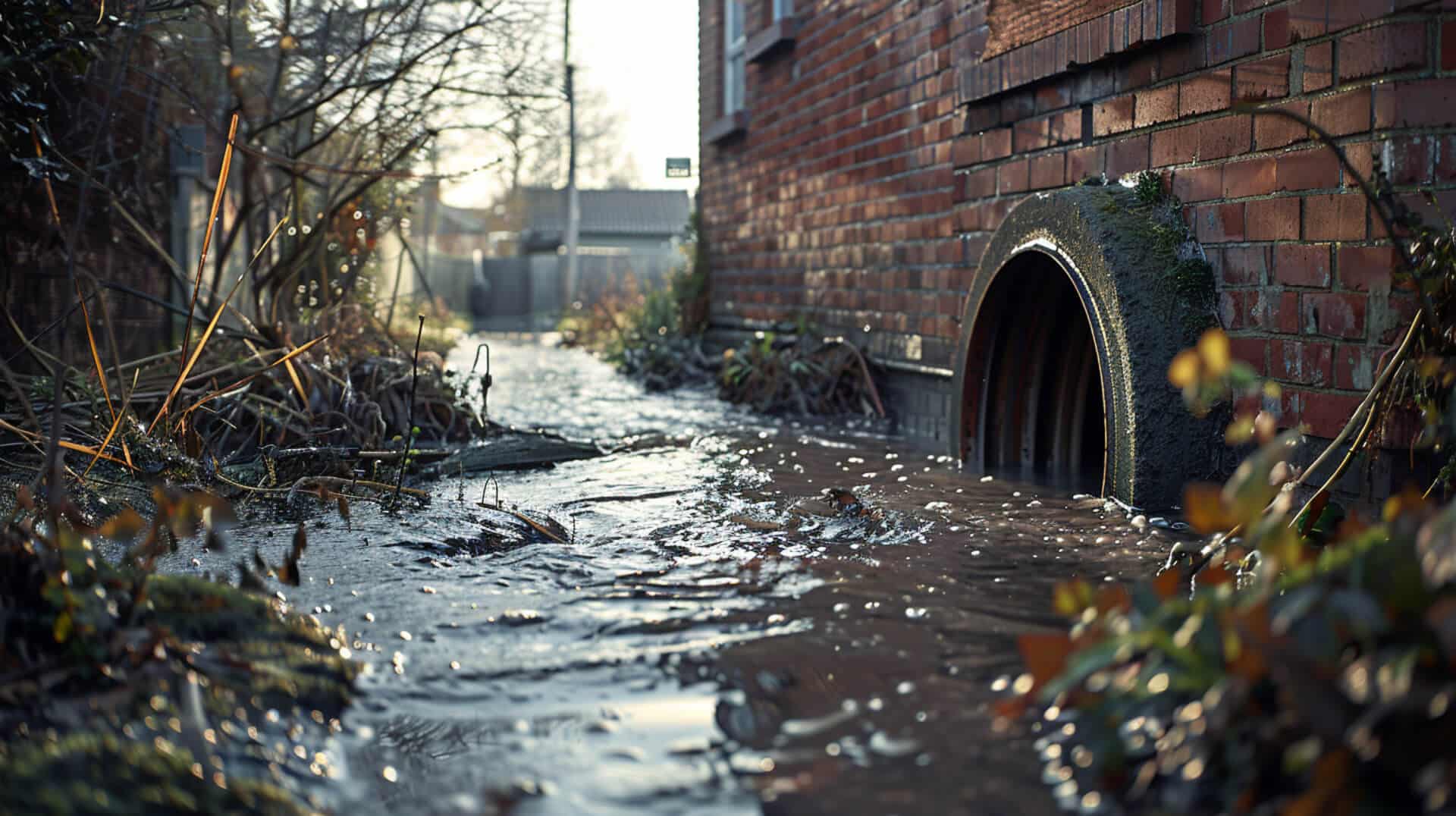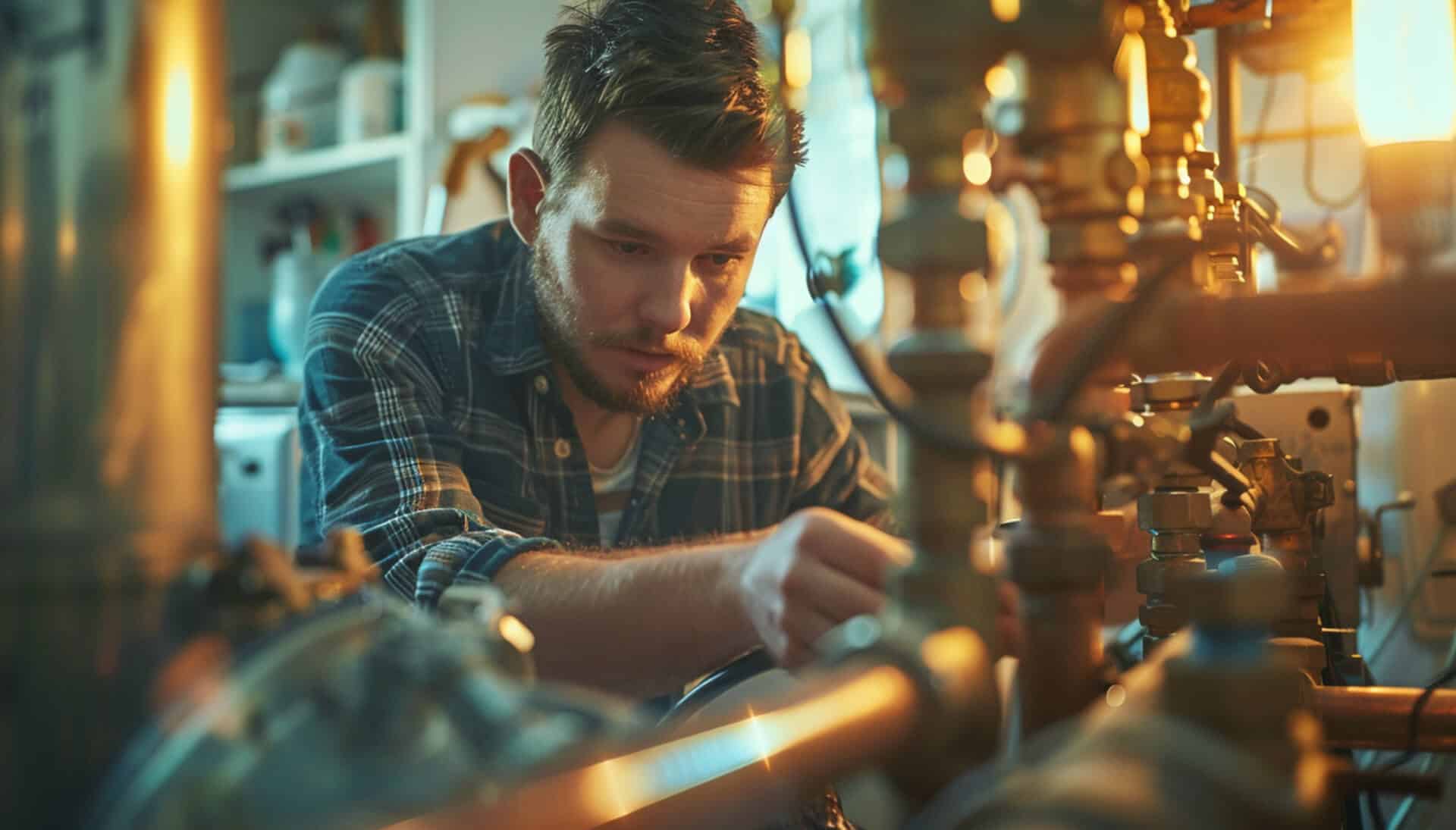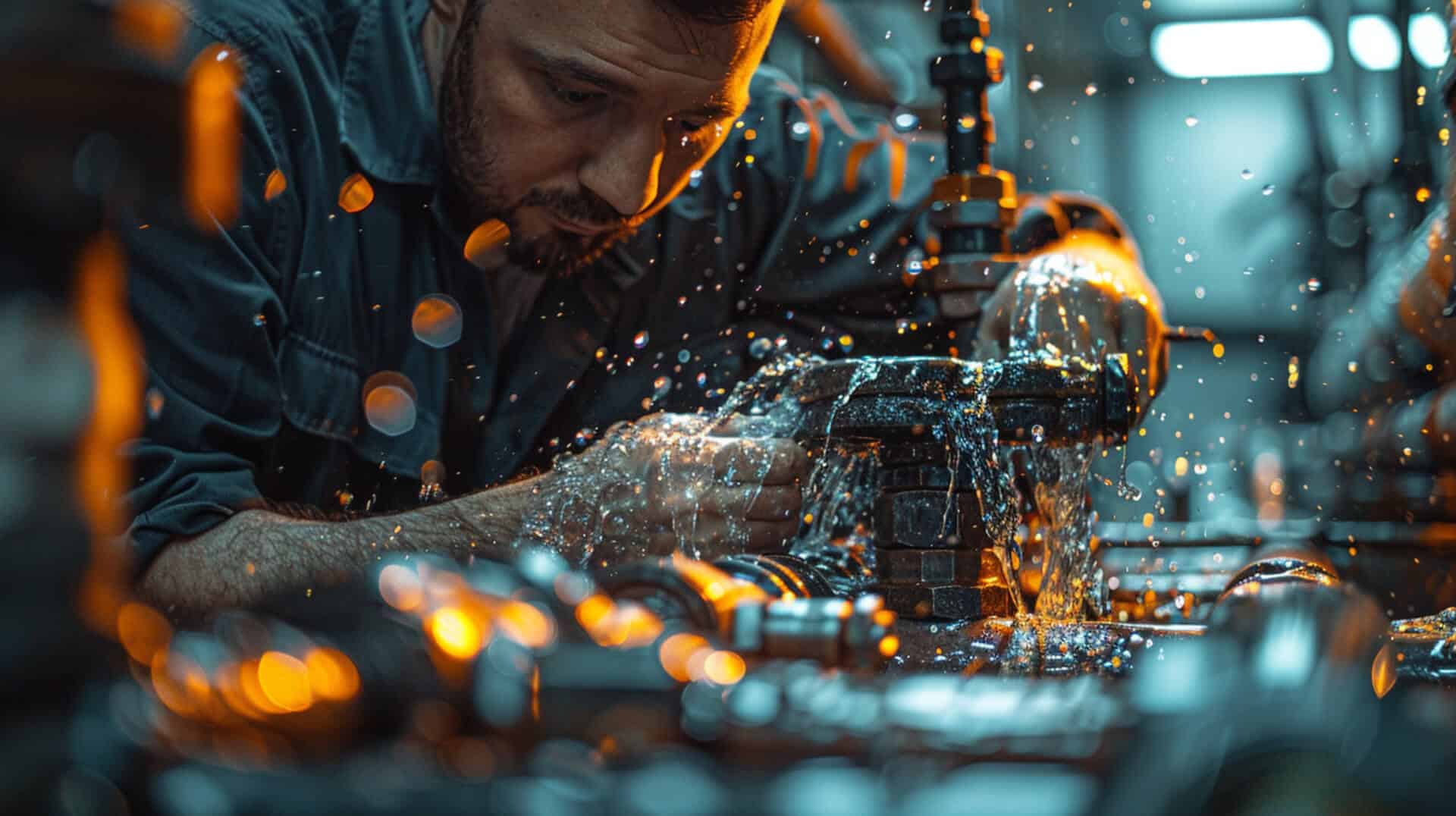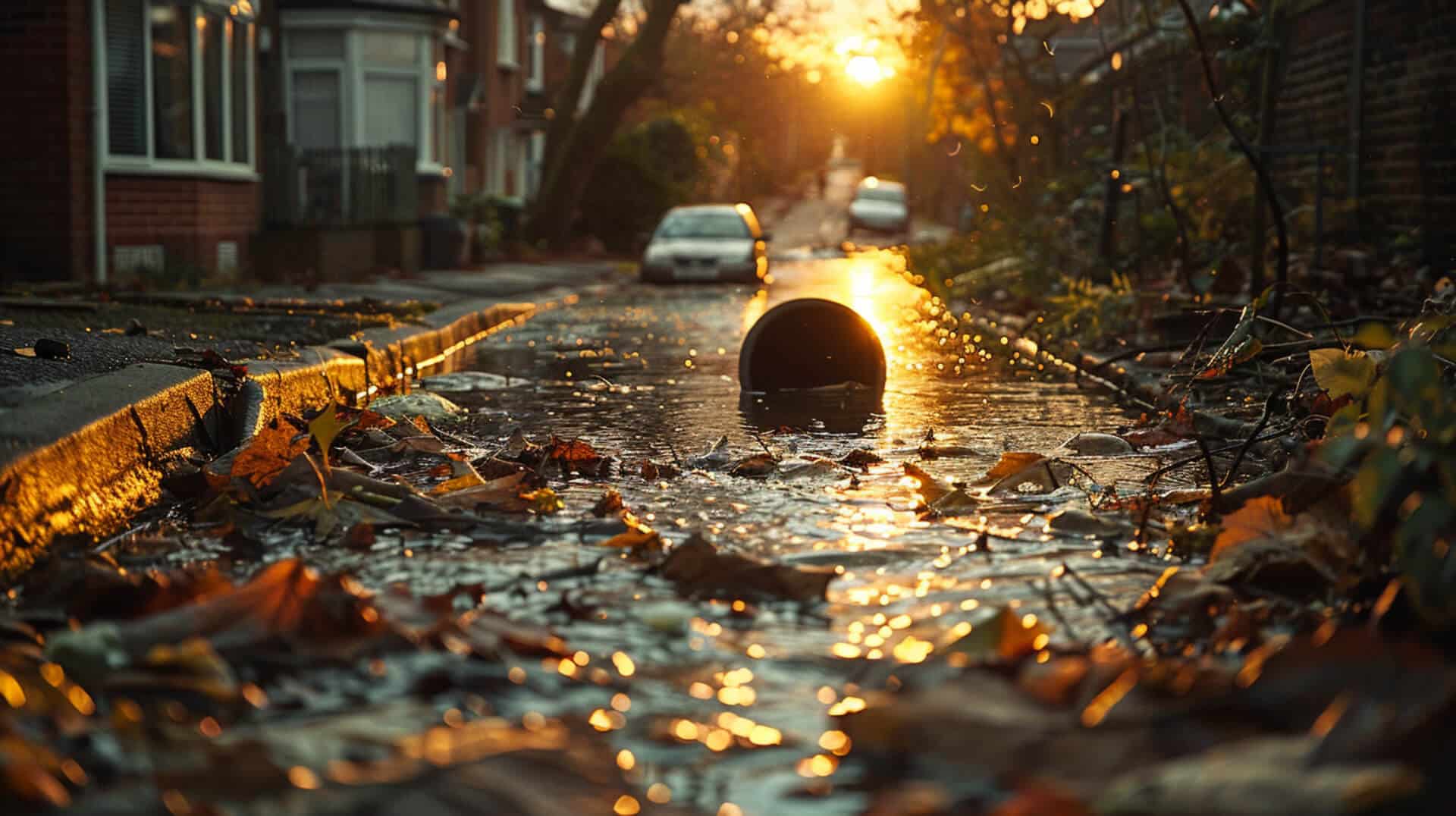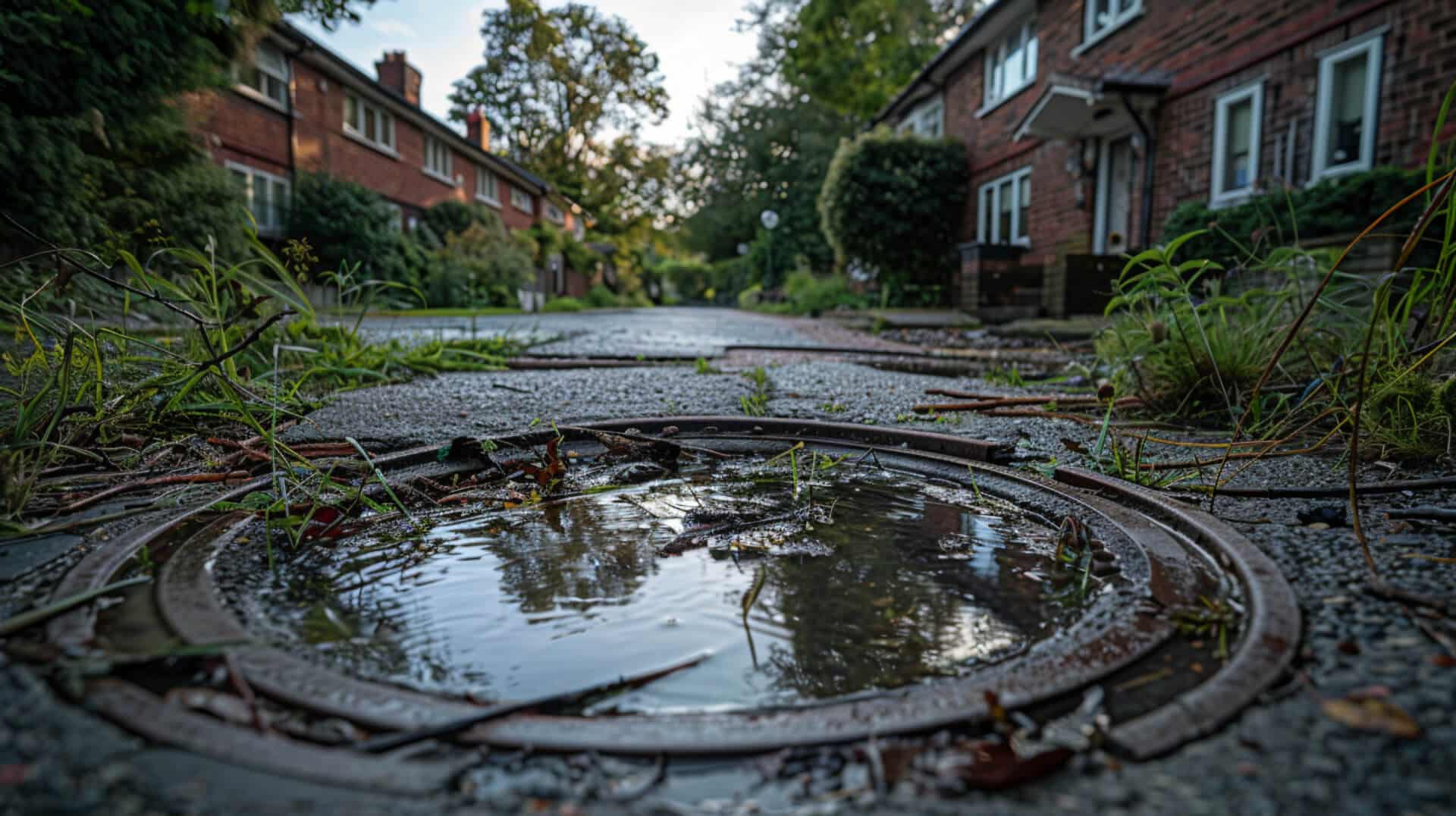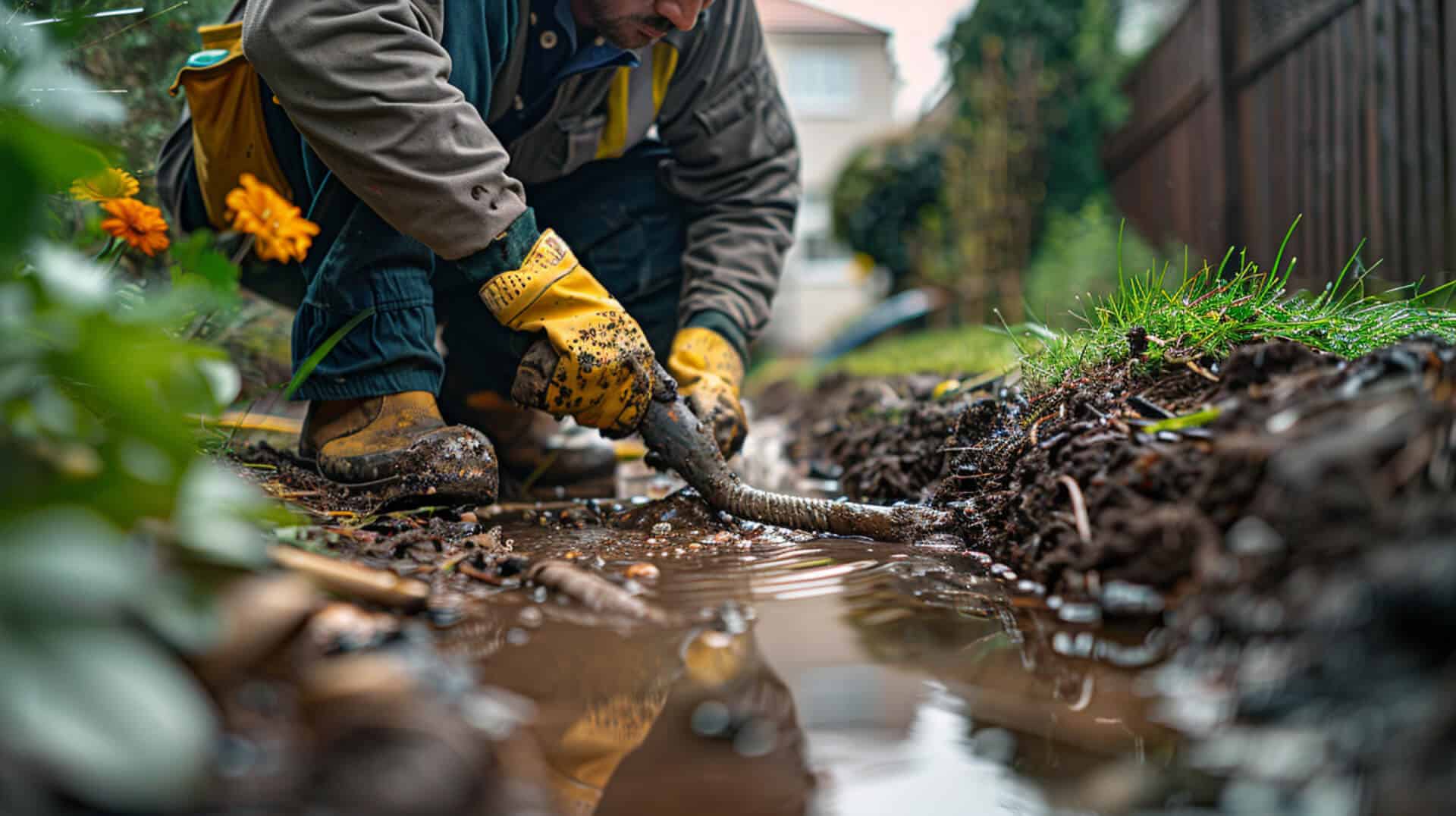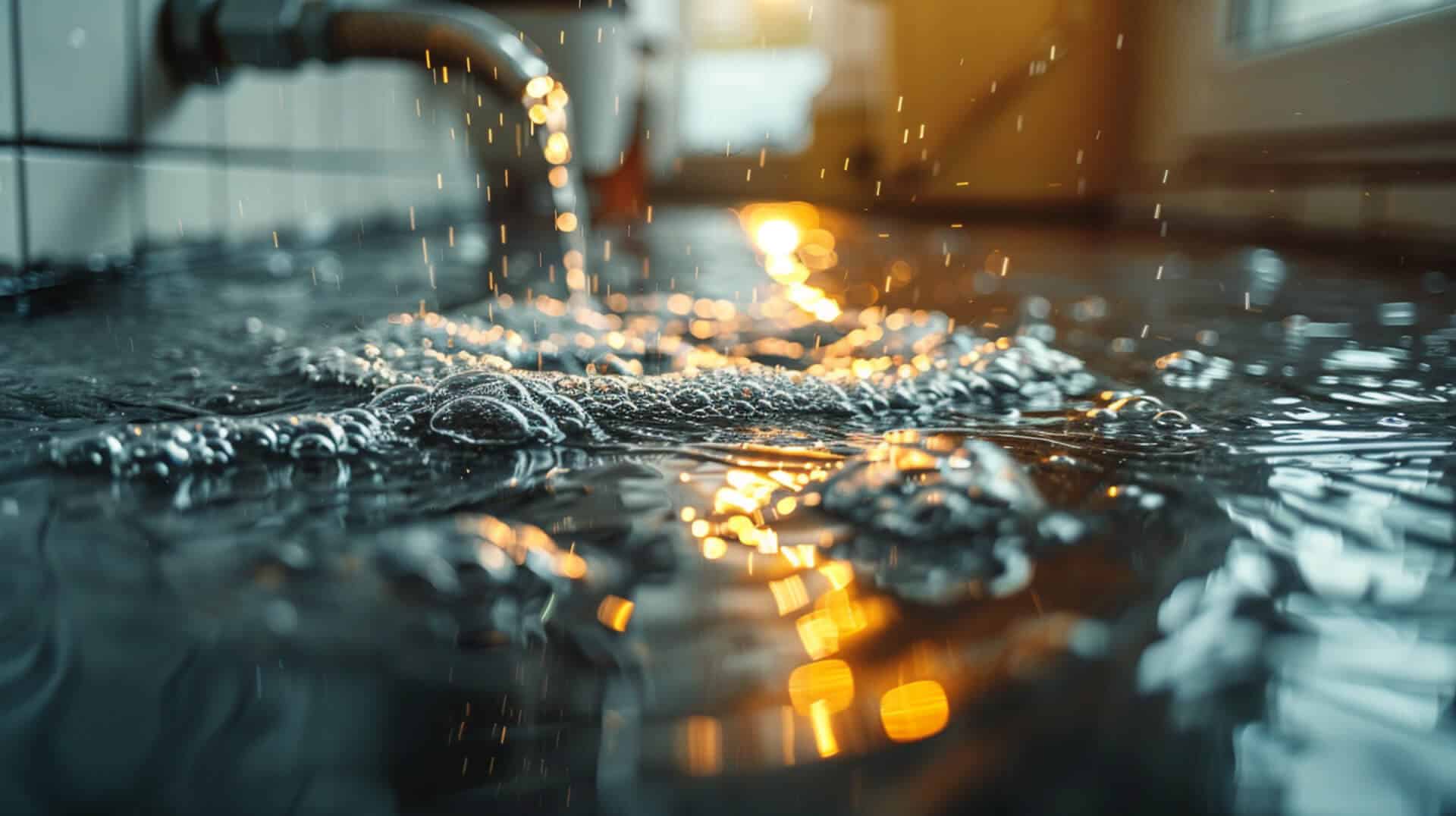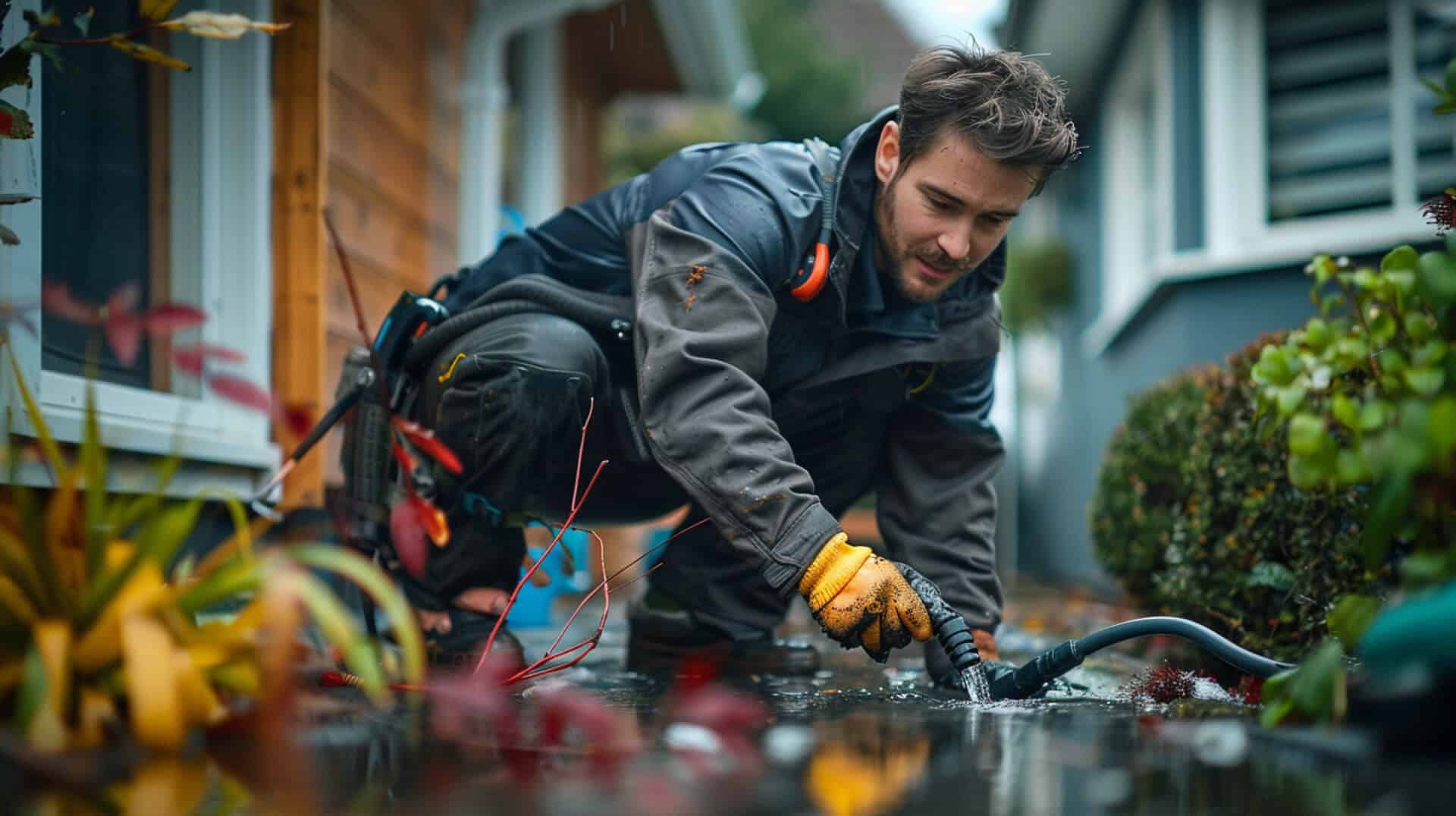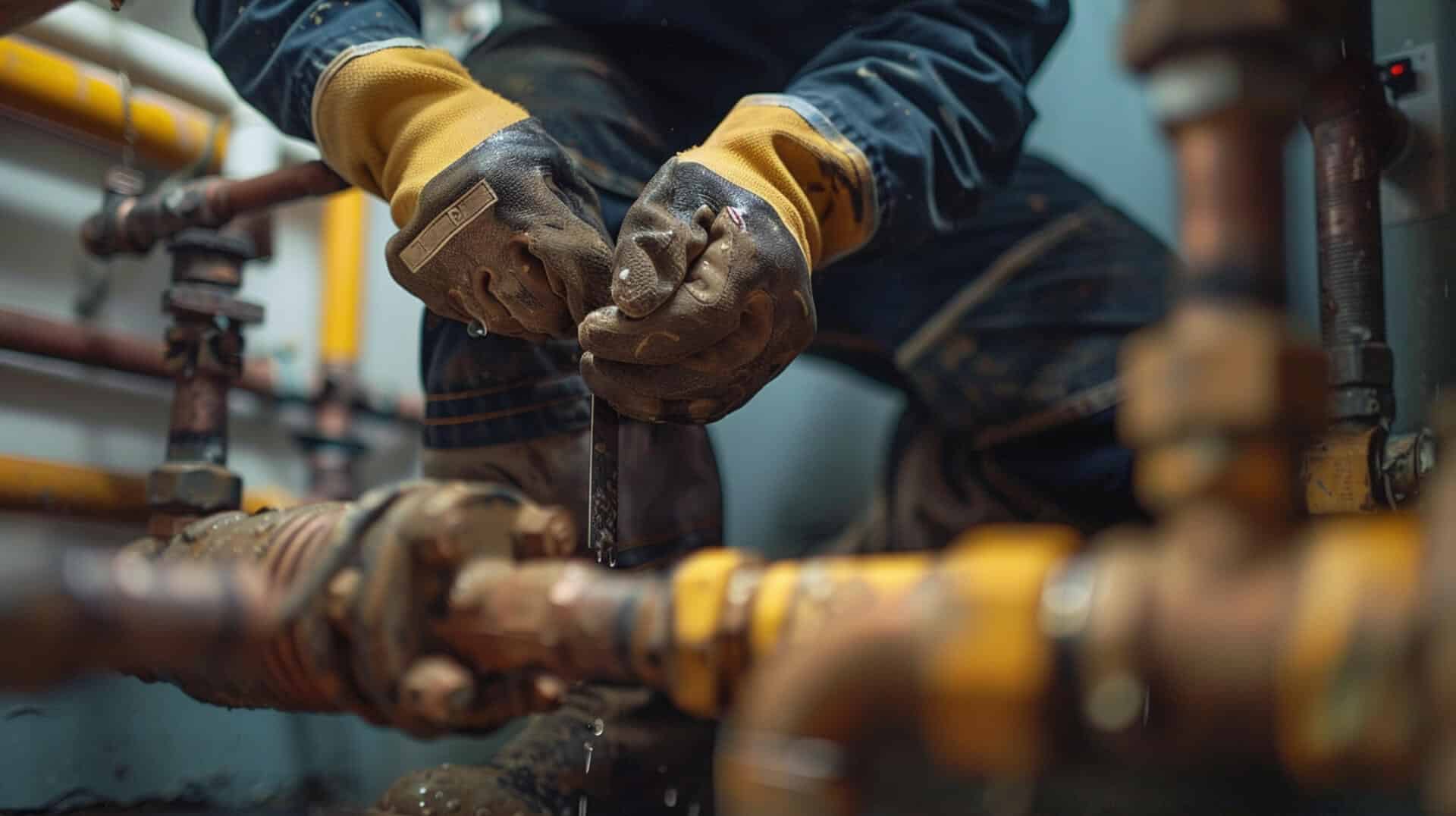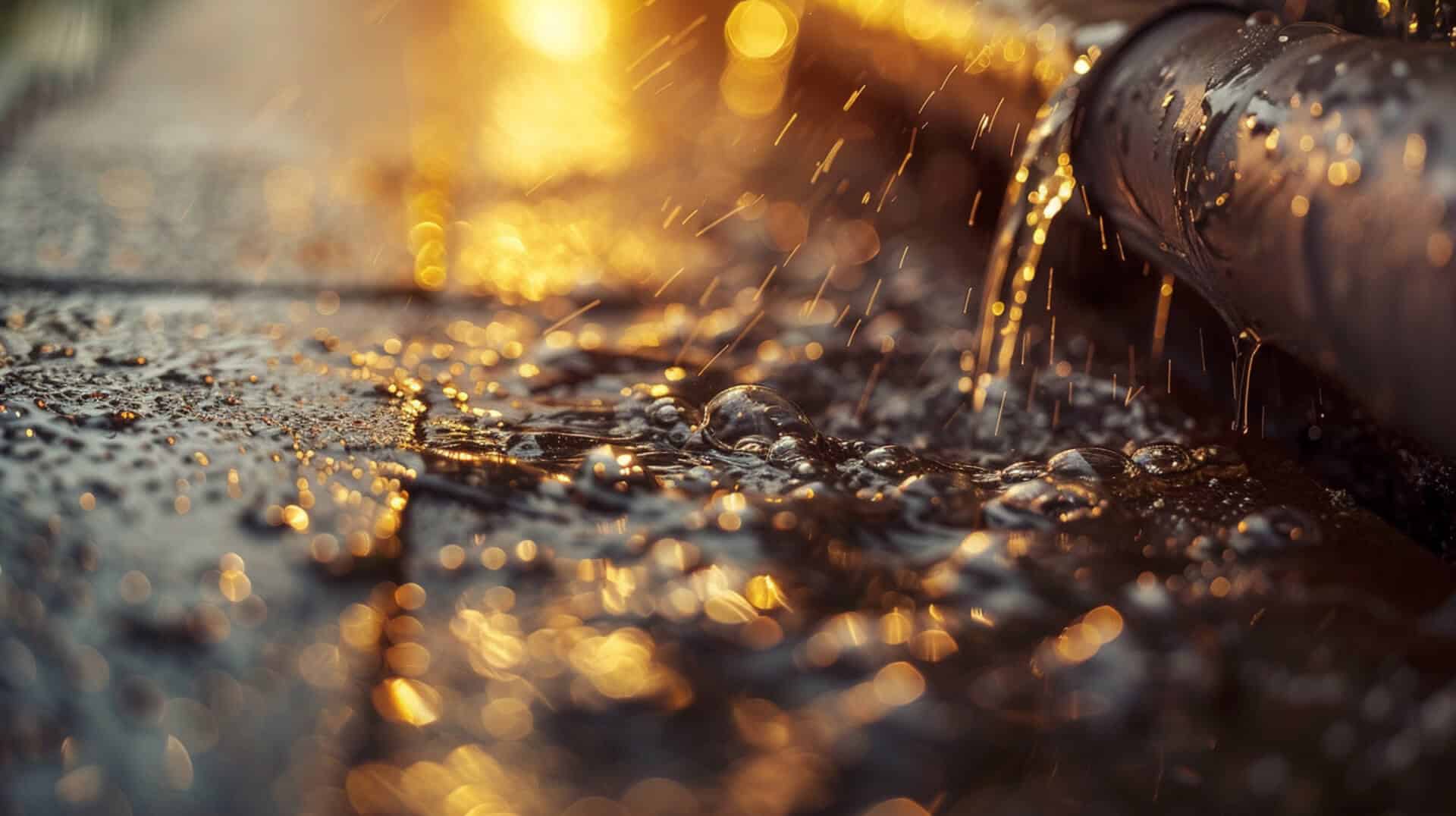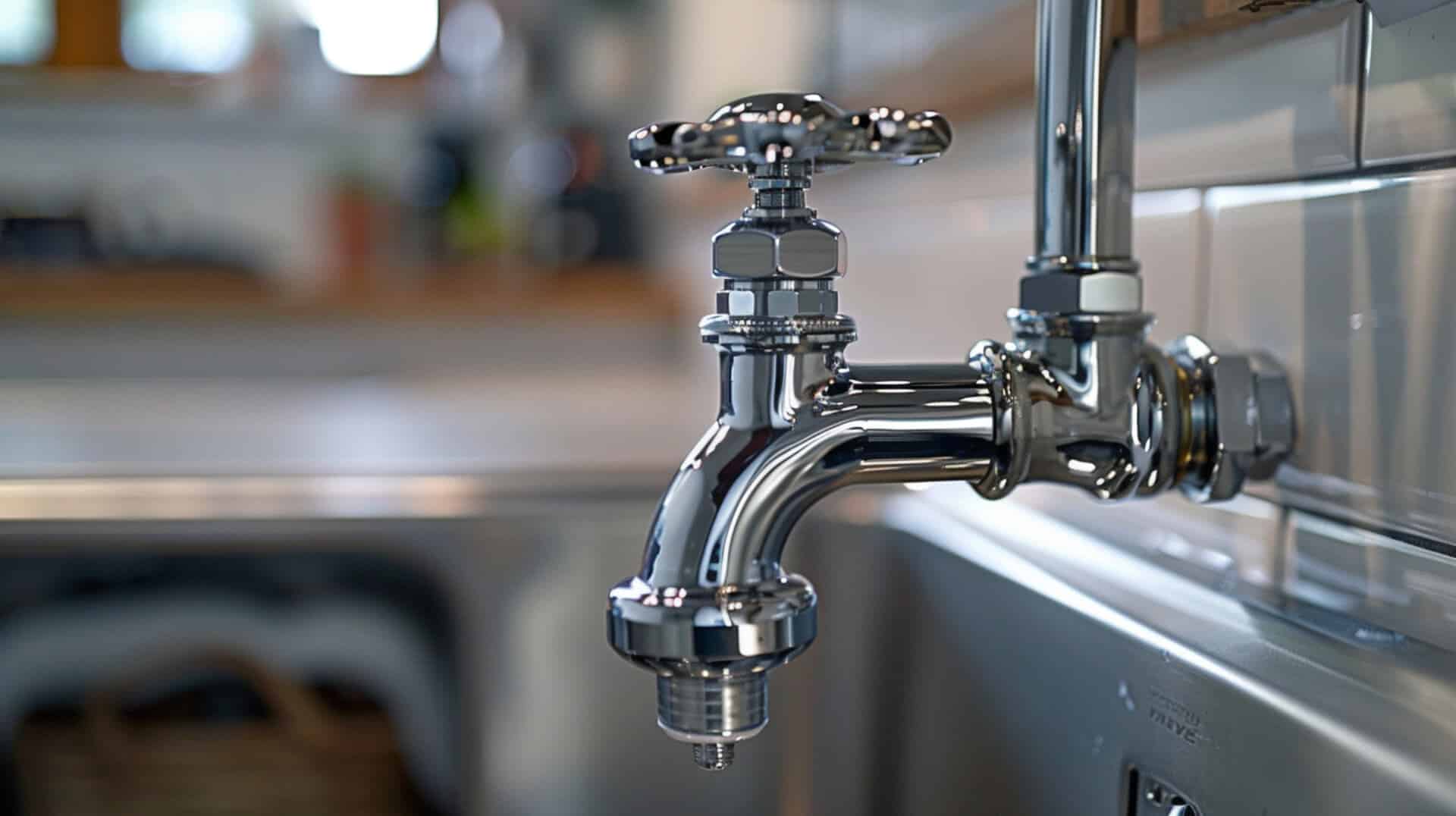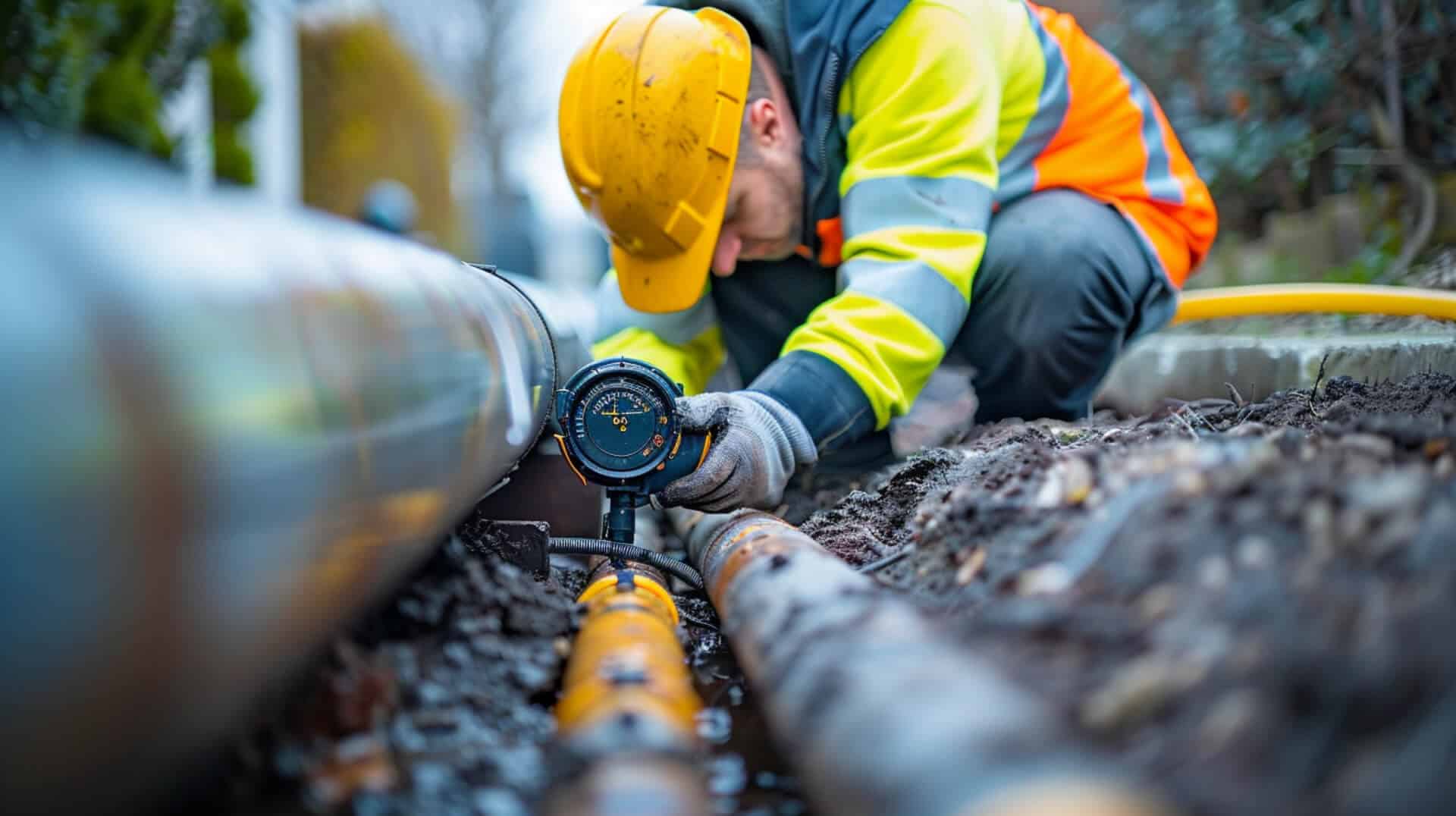 What Are The Common Signs Of Needing Drain Repair Services
What Are The Common Signs Of Needing Drain Repair Services
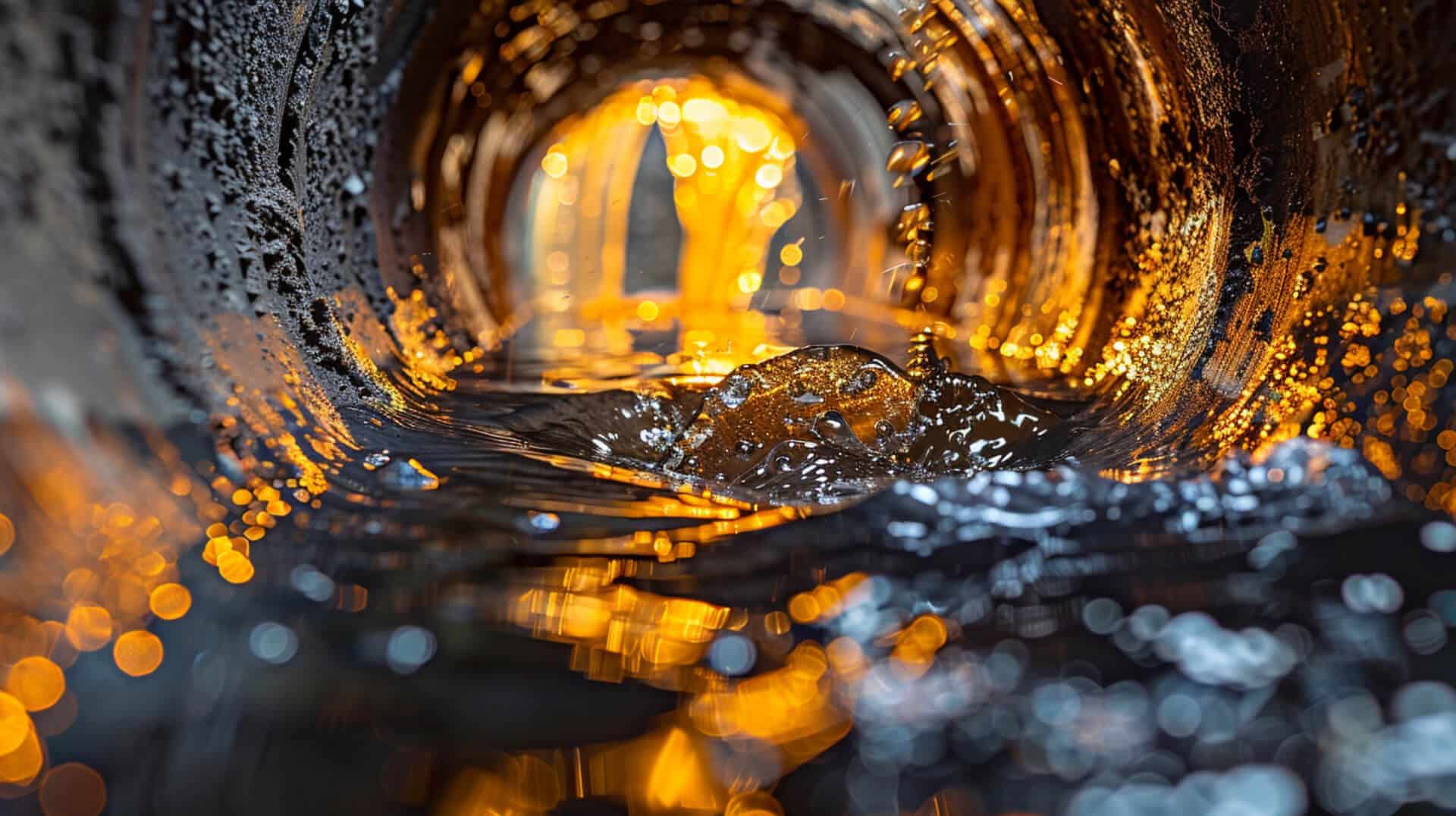
Regular maintenance of drainage systems is not merely a routine task; it is a critical component of property management. Drains play a pivotal role in maintaining hygiene and managing waste, ensuring that water flows away from your property efficiently and safely. Without proper care, drainage systems can become a source of significant problems, affecting both the health of the property and those residing within.
The Significance of Regular Drain Checks
Why Regular Maintenance Is Crucial: Drains are your property’s unsung heroes, quietly disposing of waste water and protecting your property from water damage. Regular checks and maintenance prevent minor issues from escalating into major, costly repairs.
Consequences of Neglecting Drain Maintenance
Potential Impacts on Property Health: Ignoring the maintenance of your drainage system can lead to a host of problems, including structural damage due to leaks, blockages that can cause back-ups and overflows, and health hazards from the growth of harmful bacteria in stagnant water.
The Role of Drains in Property Upkeep
Hygiene and Waste Management: A well-functioning drainage system is essential for the sanitation of your property. It is responsible for transporting sewage and greywater away, thus preventing the spread of disease and foul odours.
Prioritising Drain Health
A Call to Action for Property Stewards: As a property owner, business owner, or facility manager, prioritising the health of your drainage system is not only about preserving the integrity of your property but also about ensuring a safe and healthy environment for occupants and visitors. Regular maintenance is a proactive step towards safeguarding your investment and the well-being of all.
Recognising Early Signs of Drainage Problems
Initial Indicators of a Blockage
When your drains begin to exhibit signs of blockage, it’s crucial to take notice. Common indicators include water draining more slowly than usual from sinks or bathtubs and toilets that gurgle or back up when flushed. These symptoms suggest an obstruction in the pipes that, if left unaddressed, could escalate to more severe issues.
Manifestations of Leaks in Drainage Systems
Leaks within a property’s drainage system can manifest through visible water stains on walls or ceilings, the presence of mould, or even the sound of dripping water when no faucets are in use. These signs often point to compromised pipe integrity and require prompt attention to prevent further damage.
Causes of Foul Smells from Drains
Persistent bad odours emanating from your drains are typically caused by the buildup of bacteria and waste materials within the pipes. This unpleasant smell is not only a nuisance but also an indicator that your drainage system may need cleaning or repair to remove the blockages causing these odours.
Importance of Addressing Pest Sightings
An increase in pest activity around drainage areas can be a sign of underlying problems. Rodents and insects are attracted to the moisture and waste present in faulty drainage systems. Addressing these sightings quickly can prevent infestations and the additional complications they bring.
By being vigilant and responding to these early signs, you can maintain the health and functionality of your property’s drainage system.
Common Causes of Drainage System Failures
Understanding the common causes of drainage system failures is essential for maintaining the integrity of your property’s plumbing infrastructure. Everyday items and natural occurrences can lead to significant issues if not managed properly.
Everyday Items Leading to Blockages
Items such as soap, grease, and hair are often the culprits behind drain blockages. Soap and grease can solidify within the pipes, creating a sticky residue that hair and other small particles adhere to, gradually clogging the passage and restricting water flow.
Impact of Foreign Objects on Drainage Efficiency
Foreign objects, whether accidentally flushed or washed down the drain, can cause immediate blockages. These objects, which are not designed to break down in water, can become lodged in the pipes, leading to backups and potential damage to the drainage system.
Threat of Tree Roots to Sewer Lines
Tree roots naturally seek out water sources, and sewer lines can become a target. As roots infiltrate the pipes, they can cause cracks and blockages, which may result in significant repair needs and potential sewage backups.
Role of Food Remnants in Drainage Issues
Food remnants, especially those that are not biodegradable, contribute to blockages when washed down the drain. Over time, these remnants accumulate and can cause unpleasant odours and impede water flow, necessitating professional intervention.
By being aware of these common causes, you can take proactive steps to prevent drainage system failures and ensure the longevity of your property’s plumbing.
The Importance of Preventive Measures and Regular Maintenance
Preventive actions and regular maintenance are key to ensuring the longevity and proper functioning of your property’s drainage system. By adopting certain practices, you can significantly reduce the risk of blockages and other drainage issues.
Proactive Steps to Prevent Drain Blockages
Regular cleaning and mindful disposal of waste can prevent the accumulation of debris that often leads to blockages. Implementing simple habits, such as disposing of grease and food remnants in the trash rather than down the sink, can make a substantial difference.
Contribution of Proper Waste Disposal to Drain Health
Proper waste disposal is not just a matter of convenience but a critical aspect of maintaining drain health. By avoiding the introduction of non-biodegradable materials and harmful chemicals into the drainage system, you help maintain clear and functional pipes.
Crucial Role of Professional Inspections
Professional inspections play a vital role in the long-term maintenance of your drainage system. Experts can identify potential issues before they escalate, saving you from costly and extensive repairs in the future.
Effectiveness of Drain Guards
Drain guards are simple yet effective tools that catch debris before it enters the drainage system. They are particularly useful in preventing hair, soap bits, and other small particles from causing blockages, making them an essential component of drain maintenance.
When to Seek Professional Drain Repair Services
Indicators for Professional Intervention
In managing your property’s drainage system, recognising when to seek professional repair services is crucial. Certain signs should prompt you to contact a specialist:
- Persistent blockages that resist home remedies
- Recurring foul odours indicating deeper issues
- Water damage signs, such as mould or dampness, not resolved by simple fixes
- Pests repeatedly emerging around drain areas
These symptoms suggest that the problem may be beyond the scope of DIY methods and require professional expertise.
Professional Approach to Complex Drainage Issues
Professionals address drainage issues with a level of precision and equipment that typically isn’t available to the average property owner. They employ advanced techniques like CCTV drain surveys and high-pressure jetting, which are more effective and less invasive than traditional methods.
Advantages of Professional Drain Repair Services
Opting for professional services offers several benefits:
- Accurate diagnosis of the underlying problem
- Long-term solutions rather than temporary fixes
- Prevention of further damage that could lead to more expensive repairs
Balancing DIY and Professional Maintenance
While some minor issues can be managed independently, establishing a balance between DIY efforts and professional maintenance ensures the longevity and proper functioning of your drainage system. Regular professional inspections can preemptively address potential problems, saving you time and resources in the long run.
The Role of Early Detection in Preventing Major Repairs
Saving Costs Through Early Detection
Early detection of drainage issues is a cost-effective strategy for property maintenance. By identifying problems at their onset, you can avoid the escalation of damage, which often results in more extensive and expensive repairs. Regular monitoring of your drainage system can reveal signs of wear or blockage that, when addressed promptly, can save substantial repair costs.
Techniques for Early Problem Identification
Several techniques can be employed to detect drainage issues early:
- Regular Visual Inspections: Check for water pooling, slow drainage, or changes in drain flow.
- Listen for Unusual Noises: Gurgling sounds from pipes can indicate blockages.
- Monitor for Foul Odours: Persistent bad smells may signal trapped waste or growth of bacteria.
Risks of Ignoring Minor Signs
Disregarding minor signs of drainage problems can lead to more significant damage. A small leak can turn into a burst pipe, and a slow drain can become a complete blockage, both requiring more complex and costly interventions.
Recommended Frequency of Drainage Checks
It is advisable to perform checks on your drainage system regularly. For most properties, a comprehensive inspection by a professional is recommended annually, but you should monitor your drains more frequently for any of the early warning signs mentioned. This routine can help ensure that your drainage system remains in optimal condition, preventing unexpected failures and the need for emergency repairs.
Environmental and Health Impacts of Poor Drainage Systems
Effects of Sewage Overflows on Ecosystems
Sewage overflows can have detrimental effects on local ecosystems. When drainage systems fail, untreated sewage can spill into rivers, lakes, and oceans, disrupting the natural balance. This can lead to algal blooms, which deplete oxygen in the water and harm aquatic life.
Health Risks from Stagnant Water
Stagnant water in drains can pose significant health risks. It becomes a breeding ground for bacteria and insects, such as mosquitoes, which can transmit diseases. Ensuring proper drainage is not only a matter of property maintenance but also of public health.
Importance of Environmental Considerations
The environmental impact of drainage systems is an important consideration. Contaminants from poorly maintained drains can seep into the soil and groundwater, affecting plant life and potentially entering the human food chain.
Contribution to Environmental Responsibility
Well-maintained drains contribute to environmental responsibility by preventing the contamination of natural water sources and promoting the health of the surrounding environment. Regular maintenance and prompt repairs are key actions that property owners can take to support this effort.
Financial and Property Value Implications of Neglected Drains
Neglected drainage systems can have significant financial implications for property owners. Understanding these can help you make informed decisions about the maintenance and repair of your drainage system.
Impact on Property Devaluation
Unresolved drainage issues can lead to property devaluation. Potential buyers or tenants may be deterred by the signs of drainage problems, such as foul odours or visible water damage. This can result in a decrease in property value and attractiveness in the market.
Increase in Utility Bills
Drainage problems can also lead to an increase in utility bills. Leaks and blockages can cause water to be wasted, which not only impacts the environment but also inflates water usage charges. Efficient drainage systems contribute to more controlled and predictable utility costs.
Benefits of Drain Repair Investment
Investing in drain repair can preserve or even increase your property’s value. By ensuring that the drainage system is functioning properly, you mitigate the risks of water damage and maintain the structural integrity of the property.
Role of Insurance in Managing Repair Costs
Insurance can play a crucial role in managing the costs associated with drain repair. Many insurance policies cover significant repair costs, offering peace of mind and financial protection against unexpected drainage system failures. It is advisable to review your policy to understand the coverage details related to drainage repairs.
Advanced Techniques in Drain Repair and Maintenance
Utilising CCTV Surveys for Drain Maintenance
CCTV surveys have become an integral part of modern drain maintenance. These surveys involve inserting a camera into the drainage system to provide a live feed of the condition inside the pipes. This method allows for:
- Accurate Diagnosis: Identifying the exact location and cause of blockages or damage without excavation.
- Minimal Disruption: Assessing the pipes’ condition without the need for disruptive and costly digging.
High-Pressure Jetting to Clear Blockages
High-pressure jetting is a powerful method used to clear blockages in drains. This technique involves:
- Forceful Water Streams: Propelling water at high pressures to dislodge and remove debris.
- Restoration of Flow: Ensuring that water can flow freely through the pipes once again.
Applicability of No-Dig Repairs
No-dig repair, also known as trenchless repair, is a method that fixes pipes from the inside using:
- Resin Liners: Inserting a resin-saturated liner that hardens to form a new pipe within the old one.
- Efficiency and Cost-Effectiveness: Offering a quicker and often less expensive solution compared to traditional methods.
Necessity of Excavation for Severe Damage
In cases of severe drainage system damage, excavation may be necessary. This approach is taken when:
- Extensive Damage: The pipe system has collapsed or is severely compromised.
- Replacement Required: The affected section of the drainage system needs complete replacement.
These advanced techniques ensure that your drainage system can be maintained and repaired with minimal disruption and maximum efficiency.
Planning for Long-Term Drainage System Health
The Value of Annual Inspections
Annual inspections are a cornerstone of preventative maintenance for drainage systems. These evaluations, conducted by professionals, can identify potential issues before they escalate into costly repairs. During an inspection, experts assess the integrity of pipes, check for blockages, and evaluate the system’s overall performance.
Best Practices for Drain Maintenance
To ensure the optimal functioning of your drainage system, consider the following maintenance practices:
- Regular Cleaning: Keep drains clear of debris to prevent blockages.
- Proper Disposal: Avoid pouring grease or other substances down the drain that could solidify and cause clogs.
- Use of Drain Guards: Instal guards to catch hair and other materials that could obstruct pipes.
Balancing DIY Efforts with Professional Care
A combination of do-it-yourself maintenance and professional care is recommended for comprehensive drain health. While routine cleaning can be managed independently, complex issues should be addressed by professionals equipped with the right tools and expertise.
Developing a Custom Maintenance Plan
Property owners are encouraged to develop a maintenance plan tailored to their property’s specific needs. Factors to consider include:
- Property Age: Older properties may require more frequent checks.
- Usage Patterns: High-traffic areas may need more attention.
- Local Environment: Properties with large trees nearby might be more susceptible to root intrusion.
By adhering to these guidelines, you can maintain a healthy drainage system, prevent unexpected failures, and ensure the longevity of your property’s plumbing infrastructure.
Navigating Emergency Drainage Situations
Identifying a Drainage Emergency
A drainage emergency is characterised by sudden, severe issues that pose immediate risks to property, health, or the environment. Examples include:
- Sewage backing up into the property
- Overflowing toilets or external sewer drains
- Rapidly spreading water damage
Immediate Response to Severe Drainage Problems
When faced with a drainage emergency, property owners should:
- Cease using all water fixtures to prevent exacerbating the issue
- Contact a professional emergency repair service immediately
- If safe, attempt to contain any overflow with barriers or towels
The Necessity of 24/7 Emergency Services
Access to a 24/7 emergency response service is vital for addressing drainage issues that occur outside of normal business hours. These services provide:
- Rapid response to prevent extensive property damage
- Expert assessment and immediate action to mitigate the issue
Minimising Damage Before Help Arrives
To minimise damage before professional help arrives, property owners can:
- Turn off the main water supply if a leak is detected
- Clear the area around the affected drain to facilitate repair work
- Document the situation with photos for insurance purposes
Taking these steps can help control the situation and potentially reduce the impact of the emergency on your property.
Embracing Preventive Measures for Drainage System Health
Long-Term Benefits of Proactive Drainage Maintenance
Proactive maintenance of drainage systems is not merely a task on a property management checklist; it is an investment in the longevity and functionality of your property. Regular maintenance can prevent the common issues of blockages, leaks, and foul smells that signal the need for repair services. By addressing these issues early, you can avoid the more significant costs and disruptions associated with major repairs.
Alignment with Environmental and Health Standards
Maintaining a healthy drainage system is also a commitment to environmental stewardship and public health. Properly functioning drains prevent the contamination of soil and groundwater and reduce the risk of health hazards associated with stagnant water and sewage overflows.
Key Considerations for Property Management Professionals
For property owners, business owners, and facility managers, the key considerations for drain repair services include:
- Recognising the signs of drainage problems
- Understanding the causes and implementing preventive measures
- Knowing when to engage professional services
Cost-Saving Implications of Preventive Drain Care
Embracing preventive measures today can save costs and trouble in the future. Regular cleaning, proper disposal practices, and annual inspections are simple steps that can avert emergency repairs, preserve property value, and ensure compliance with health and environmental regulations.

